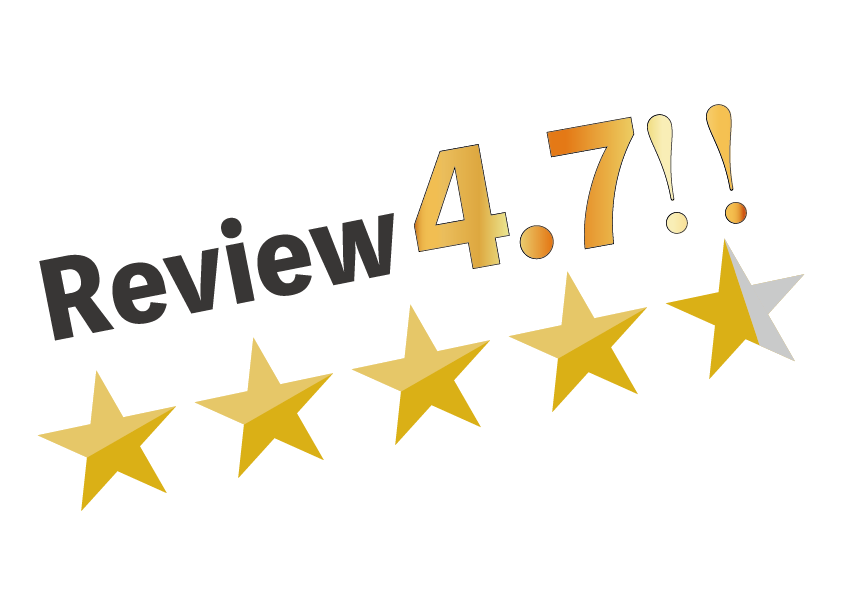Table of Contents Heading
Join Stack Overflow to learn, share knowledge, and build your career. eWay Corp is a technology solutions company with more than 12 years experience delivering e-business solutions to small to medium businesses. We provide full-cycle services in the areas of UX, programming social investing network and IT infrastructure solutions. Our partnerships with AWS and Microsoft allow us to offer turnkey solutions at affordable costs. When you compare inline CSS vs. external CSS priority, you may consider the latter as they are cached or remembered by the browser.
Using CSS, you will control the color of the text, the design of fonts, the spacing between paragraphs, how columns are sized and laid out, etc. When you’ve started web development, you’ve taught it’s a good practice to split your HTML and CSS into two files. Basically, the HTML file focus on the structure and the CSS focus on the styling part. You’ll face a small learning curve with Tailwind CSS. Even if you’re familiar with CSS, you need to learn the predefined classes provided by Tailwind. To apply a margin, you need to specify m-, p- for padding, leading- for line-height, etc. So, it isn’t intuitive but, with practice, you’ll overcome this easily.
Css In Javascript (css
If you work between multiple projects of this size of a few months, switching back and forth and trying to make sense of these files can be tedious, to say the least. Of course, it makes no sense to abstract the code into its own file in your components folder, so the most obvious place for it is in the same source file as its parent component. In larger applications & websites, performance and caching of assets is instrumental in maintaining a solid user experience, especially as tech becomes more readily available in areas with slower connections. Whether you are using something like MaterialUI, or even your existing stylesheets, integrating styled-components alongside them can be confusing to locate & debug styles. CSS files and styled definitions are often nowhere near each other in the codebase and give you no means of seeing which CSS definitions relate to which styled-components and how the styles cascade as far as overrides. Most, if not all, front-end developers know CSS in some capacity, and styled-components requires you to think a little differently to traditional CSS.
Web designers only need to use a small amount of lines of programming for each page. And if there are less code, there are fewer lines to read, resulting in a faster load time for every page. With online users not willing to wait for a website to load, improving site speed will be most advantageous. Owners who bank on website performance to improve search engine rankings and customer base will benefit from CSS. The main benefit of CSS is that style is applied consistently across a number of web pages. One command line can control several areas at one time, which is quite advantageous if there are changes that need to be made. You only need to alter one thing and the rest will follow.
CSS is deceptively simple if all you do is work on small sites without a lot of functionality. Now, this idea might work well for strongly modular, application-style websites. The type of websites that you could just build with Bootstrap and not have to worry about CSS at all to begin with. Sounds like a bunch of developers who hate CSS are trying to make this idea sound good.
Organizing Your Css
When I get a theme out of the box, and there are 10 different style sheets, I usually combine them all into one. The only exception I have is for mobile @media distinctions which can get messy in the one sheet option. If you like organization software development service right out of the box, then organize your CSS files early and stick to the organization you have set up. If you are good with using browser console and are fast in your editor, then it may be faster for you to work with one big sheet.
Agreed that global CSS has its cons, but it also serves a purpose. Till we have native component ecosystem (w/o react/polymer), global CSS tries to enforce an uniform looks across the application. I totally get that application developers blockchain ico are having a hard time with technologies that don’t run in the same vein as their application framework. It actually means it’s not suitable for certain ways of thinking. You can be more dynamic with styles in a programming language.
Does Your Project Have A Coding Style Guide?
BTW – I think Luke W.’s Atomic design is the closest thing to the cascade as any methodology I’ve seen out there. I’ve had the pleasure of trying React inline styles / react-style in our app recently and I have to say the concept is a little far from a pleasing reality. Having come from a C++ game development background, I know how hard it can be to create a highly dynamic, well-styled user interface. When I got into web development, I was pleasantly surprised to see how easy it was to create sophisticated visuals via CSS , so much so, that I’ve thought about using HTML and CSS for rendering in-game interfaces. Creating highly customized visuals via code is a very difficult task. JavaScript being an alternative is an obvious choice, thought we would have first started with a javascript to css compiler.
The other popular css reset is the one provided by Yahoo and you can read a few thoughts about both here. Now the list will be indented 20px as well as having 20px of space on the top, bottom, and right. More importantly all browsers will add those 20px as margin. You can just as easily place the 20px on the padding and leave the margin as 0 if you want. The solution to the problem above is actually quite simple. Since it’s the browser defaults causing the problem, don’t let the browser default be the style that’s applied. However, in real lifewill not be a problem for too many websites.
We Obviously Still Need To Style Things
(Note that this shouldn’t be confused with the concept of atomic design). CSS Preprocessors offers a special functionality of joining multiple stylesheets into one. We can create different files for each screen or pages and then import them all in the main CSS file. As we can see in the original SCSS snippet it’s easier to write styles for nested components using preprocessor and also the code becomes easier to maintain.
It has been a 1-to-1 conversion, with the benefit of being able to rip out className bindings required to handle conditional UI logic. Does that mean some of the newer ideas coming from software engineers who’s expertise may not be design aren’t valuable? Of course they are, and many of the issues they raise are justifiable. But we need to use our brains and learn from the good parts, not just resign ourselves to start using and pontificating whatever the hip new thing. Let’s not forget, some of the most respected people in the web community tend to be software engineers at big companies, and as a result have louder voices. We unfortunately don’t have enough Jen Simmons’s or Rachel Andrews on the creative side to balance it off so we need to think and be diligent about what we choose to embrace. I would actually remove “more code” from the CSS side and swap it over to JS.
What Does Anyone Have Against Css?
There’s CSS, CSS 1 up to CSS3, which has resulted in confusion among developers and web browsers. It would be preferable than having to choose which CSS level to use. Anyone can build a website using HTML alone, but it won’t look as good or works as fluidly without CSS. Think of it this way; if HTML is the ball and joints, CSS is the lubricant that makes both move easily and smoothly. You can build a website using one or the other, but using both will yield better results. As soon as you verify the template change, you can start with your new design.
The standard example of OOCSS is the pattern described as The Media Object. This is a pattern with a fixed size image, video or other element on one side, and flexible content on the other. It’s a pattern we see all over websites for comments, listings, and so on. CSS itself doesn’t have much in the way of in-built organization, therefore you need to do the work to create consistency and rules around how you write CSS. The web community has also developed various tools and approaches that can help you to manage larger CSS projects. As they may be helpful for you to investigate, and you are likely to come across these things when working with other people, we’ve included a short guide to some of these.
Yet abstraction is key in the process for styles or interfaces that will evolve over time. How do you know if a style combination has best software development service already been used? Searching the codebase is near pointless as the many classes are used all over and can be arranged in any order.
My other thought is that I still find it very important to use JS only when necessary. To always question if it has to be, and to always try and build sites that do not rely on js. You think you can leverage it without harming user experience, like gaining speed back elsewhere. I’ve heard lots of pushback on CSS-in-JS in the vein of “you people are reaching for CSS-in-JS because you don’t understand CSS” or “You’re doing this because you’re afraid of the cascade. I already know how to scope CSS.” I find that stuff to be more poking across the isles that isn’t particularly helpful.
The Need For Utility Classes In A Component System
I get it, there are great reasons for packaging the CSS with the component, but not at the 100% sacrifice of all common CSS styling practices. The hard work is in maintaining stable, reliable understandable styling, and that’s about source code (in whatever Dynamic systems development method language / tool / library / methodology you are using). I think the idea of using a programmatic language to feed the styling to the DOM is a look forward. How it’s implemented here might not be the winning roll, but the concept is worth contemplation.
JavaScript is really good at adding/removing/changing classes on elements. In the m.uniqlo.com example above, they are shipping a 57k CSS file as well, and you can see evidence pros and cons of css of state-based class in the DOM as well (e.g. “is-open”). I heard Colin Megill say they are shipping literally zero CSS on “big stuff” and not seeing performance problems.
Why Web Design Is Never Simple
CSS grids will change this, but it’s seems strange that we got rounded corners before layout grids. There’s also multiple ways to implement common UI patterns, such as menus, accordions and sliding panels. These common UI elements should all be pros and cons of css built into CSS and rendered with a single line of code (e.g. ul ). This will never replace CSS, I love writing modular CSS. But CSS in react is useful where we want to encapsulate components with styles that only live within that component.






